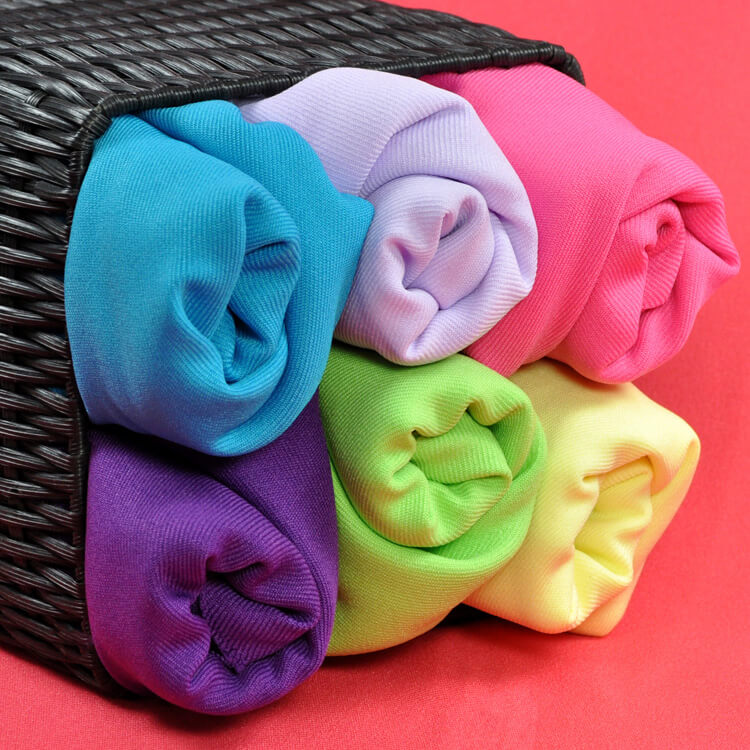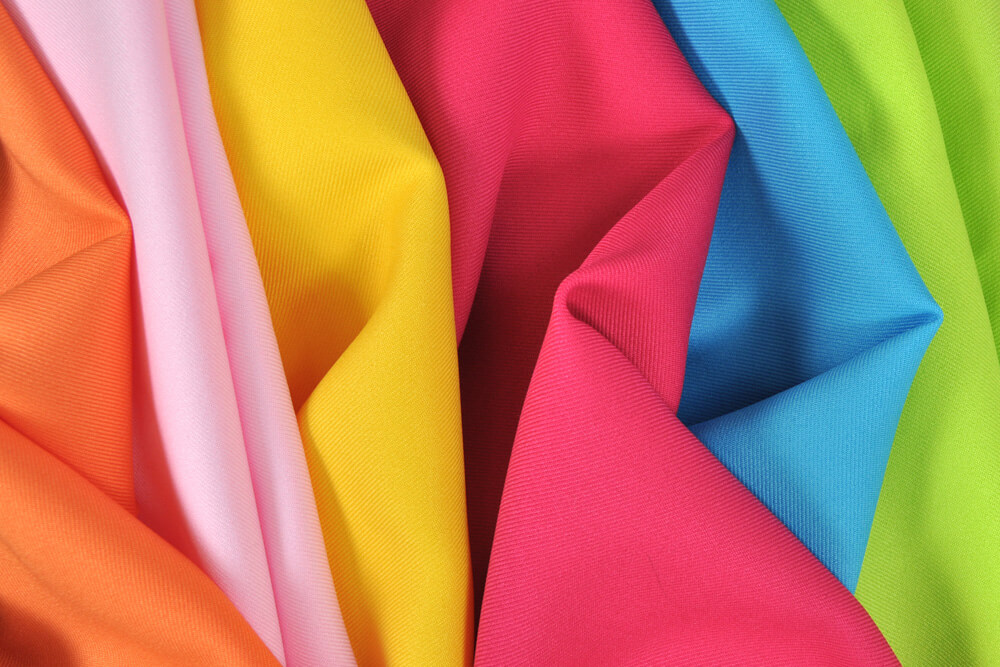Gabardine Fabric Product Spotlight Video
Working with Gabardine Fabric
Gabardine is easy to sew for all levels.
Care & Preparation
Gabardine is popular, in part, because it’s easy to take care of and can be machine washed.
Cutting
Gabardine doesn’t pose any particular problems when cutting out as it is firm and stable. Long bladed sharp scissors are the ideal tool but a rotary cutter and self-healing mat work well too.
Needle & Thread
A medium sized universal sewing machine needle works just fine. Use good quality polyester thread when sewing gabardine. The resulting stitches and seams will move with the fabric as the garment is worn and create a strong join.
Sewing
Stitches:
Set your sewing machine to a stitch length to suit the weight of the fabric, generally 2.5mm to 3mm.
Seams:
Sew gabardine with plain seams and press them open or to one side. You can finish the raw edges with binding or use a serger. Top stitching keeps the seams flat. Use a serger with two needles (four threads) for a speedier construction. Alternatively, use flat fell seams for gabardine.
Hems:
Double folded and top stitched hems work well on gabardine and pressing with a hot iron gives a smooth finish. Alternatively, bind the raw edge or use a Hong Kong finish and press up a single hem then hand stitch for a couture, rather than a manufactured, result.
Techniques
Hong Kong Finish:
If you want to use a couture finish to neaten the raw edges of seams and hems, opt for a Hong Kong finish as this is less bulky than a bias binding. Cut a bias strip of lining fabric approximately 1¼” (3cm) wide. Pin this to the right side of the gabardine edge (raw edges level) and sew a line of straight stitch 1/8” (3mm) from the edge. Trim the raw edges to approximately 1/16″ and wrap the lining over and around the narrow raw edges. Pin, then stitch in the ditch (right in the crease of the seam) catching the lining below. Trim away any excess up close to the stitching. Since the lining is cut on the bias, it will not fray. This gives a very delicate and neat finish to seams and hems.
Flat fell seams:
For a flat fell seam, place the fabric with wrong sides together and sew on the seam line. Press the raw edges to one side and trim the under layer to 1/8” (3mm). Fold the outer edge of the upper layer under and pin over the trimmed layer. Top stitch in place.
Ironing
Use a steam iron and a light touch protecting the surface with a pressing cloth. This is particularly important for pants to avoid a shiny ridge showing parallel to the outer side seam.



